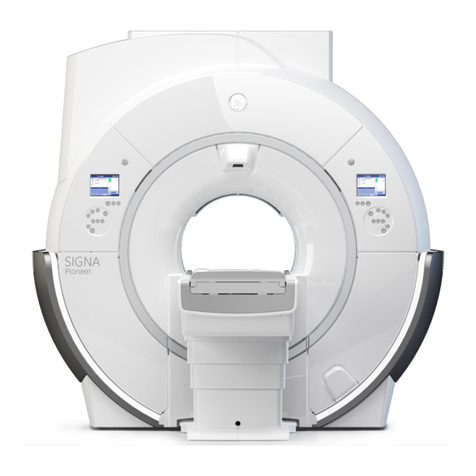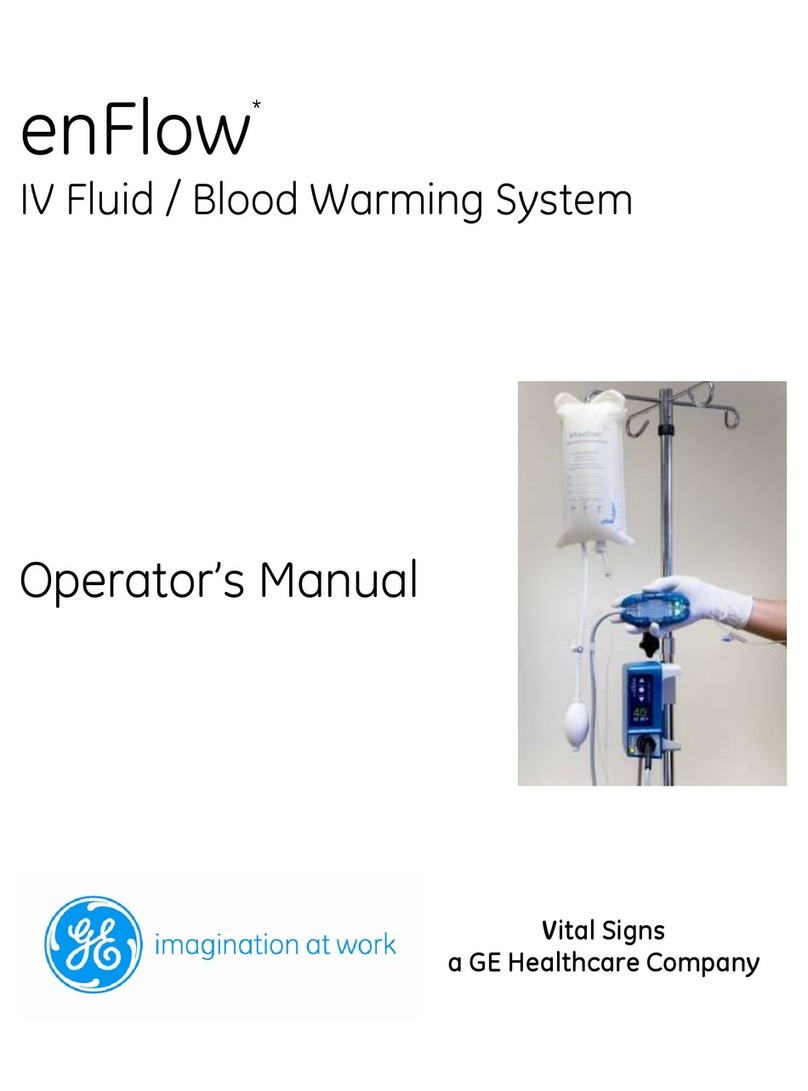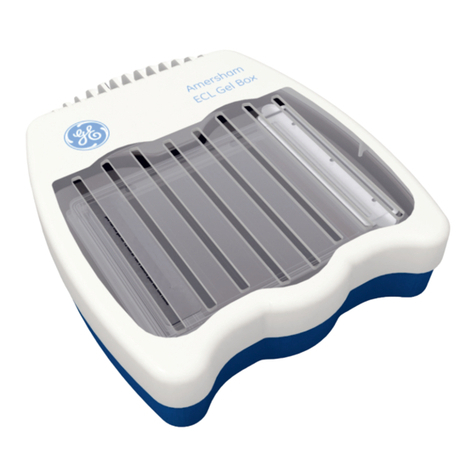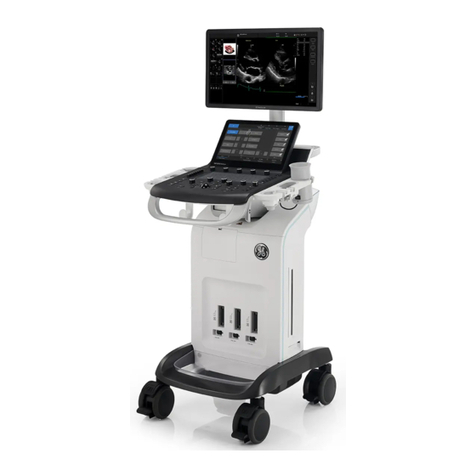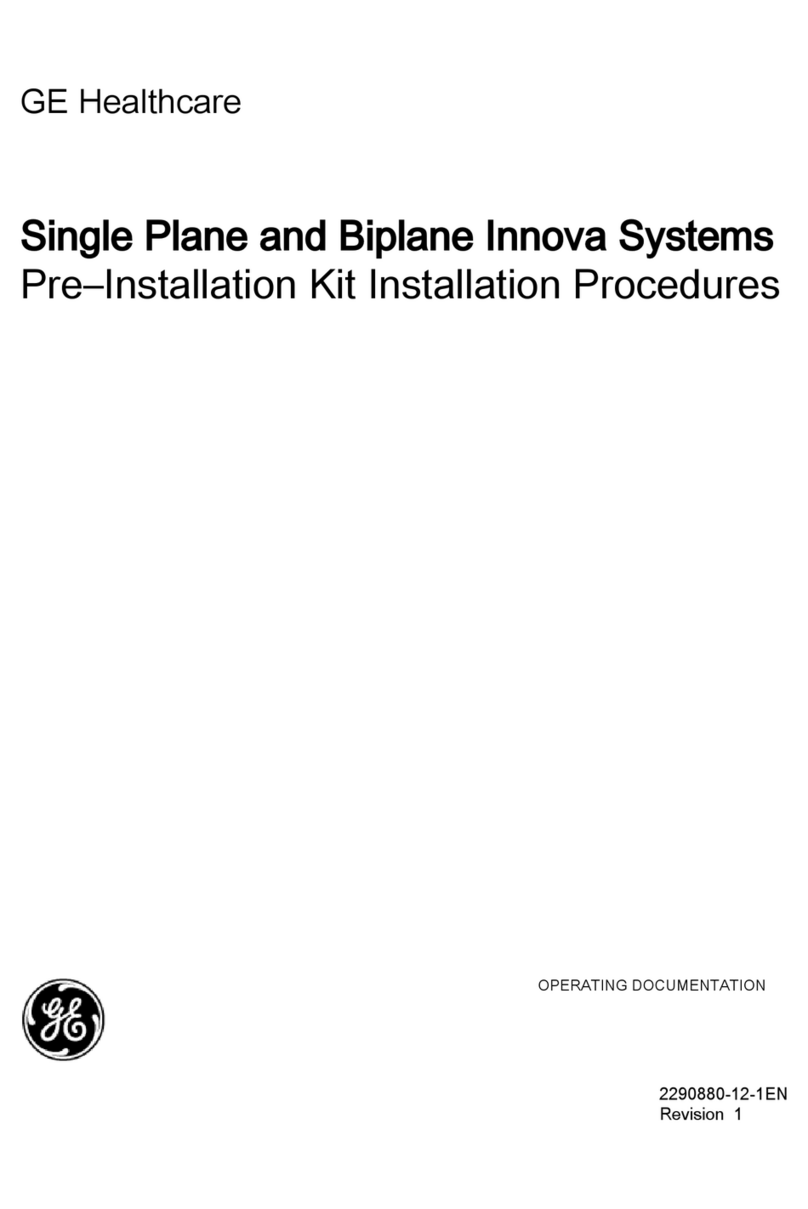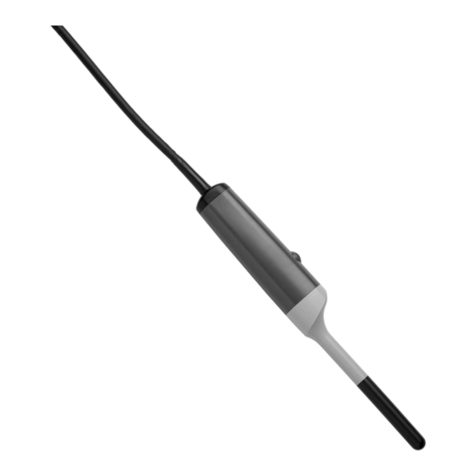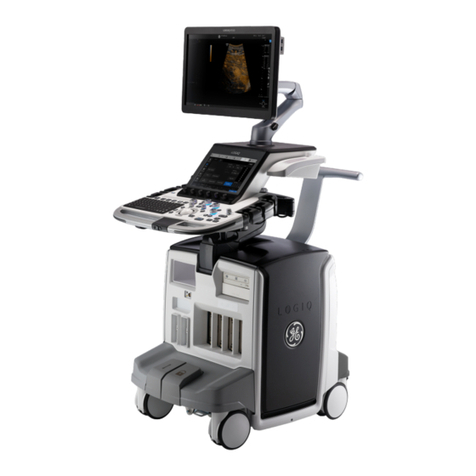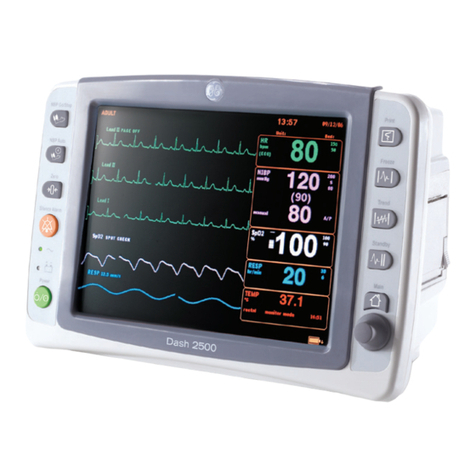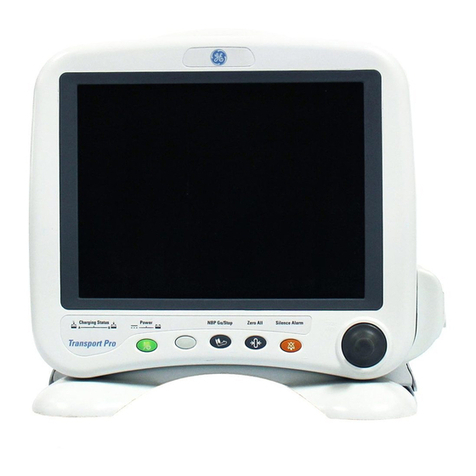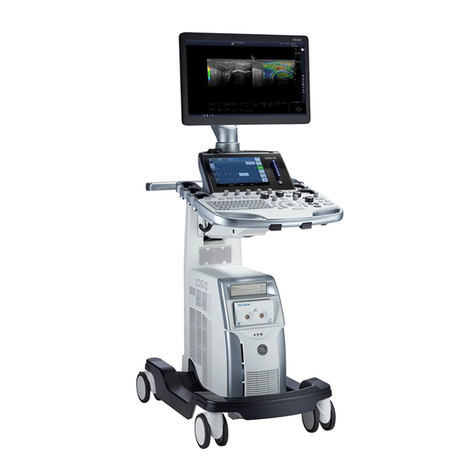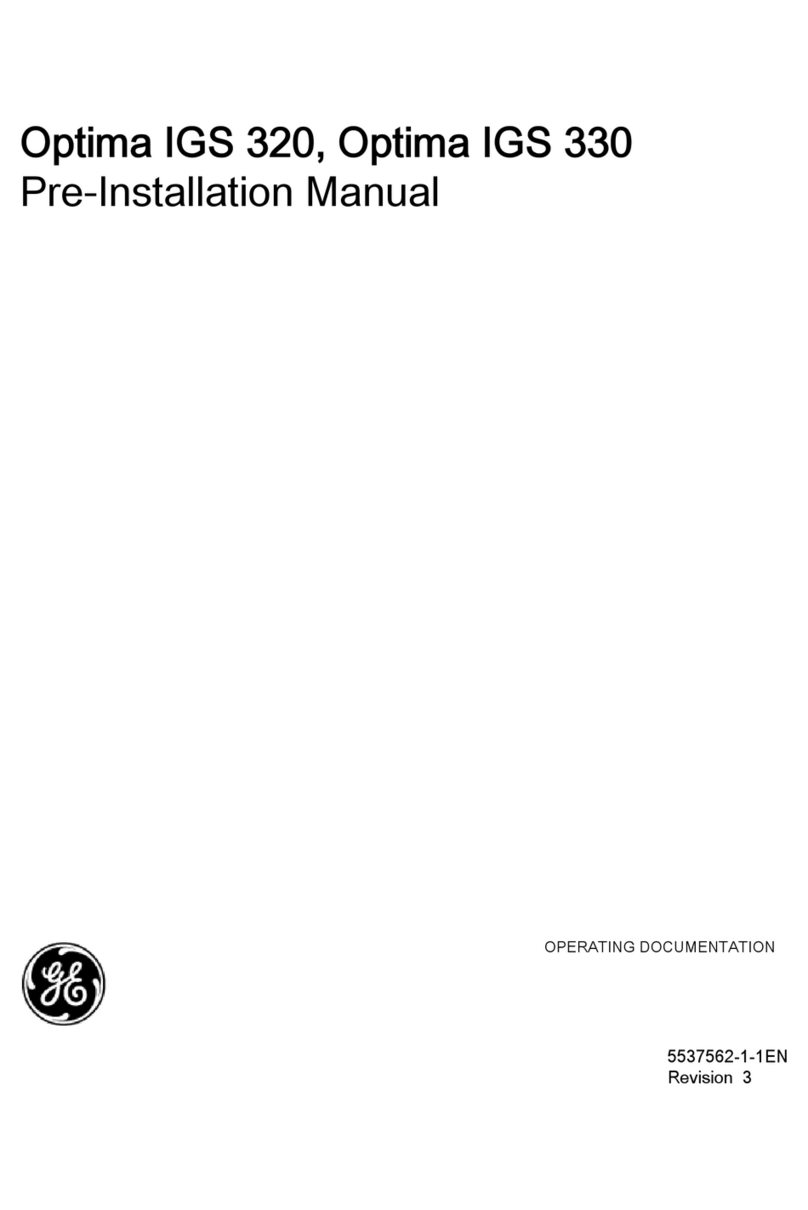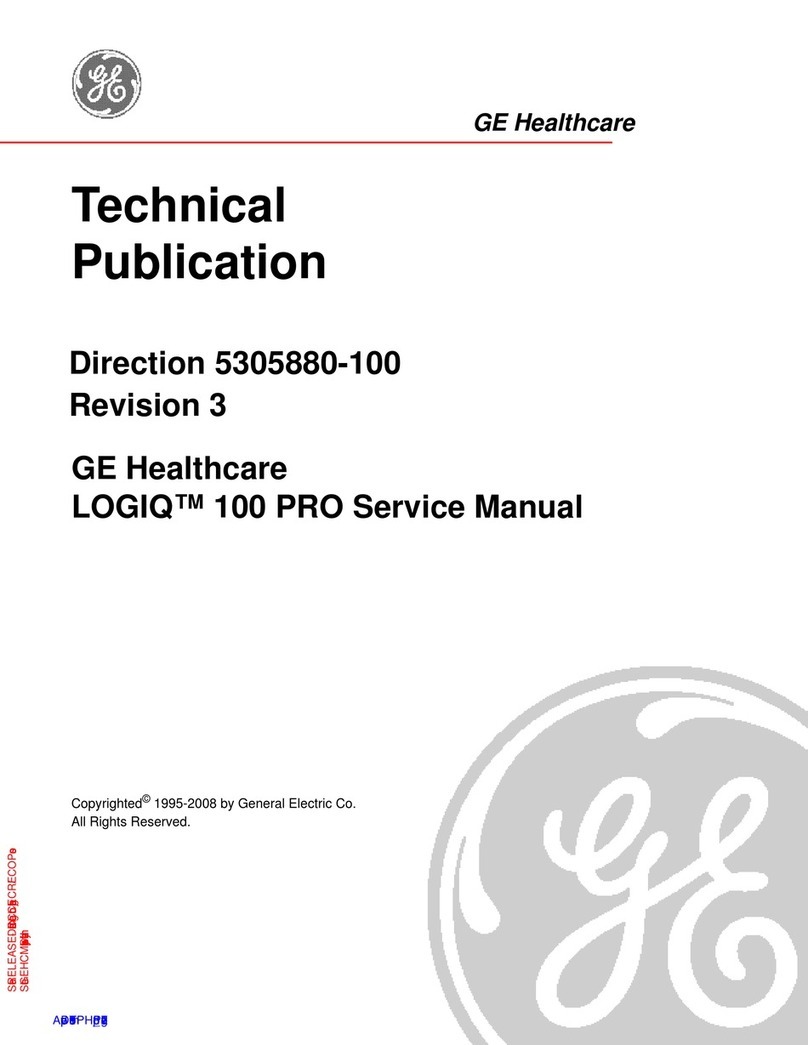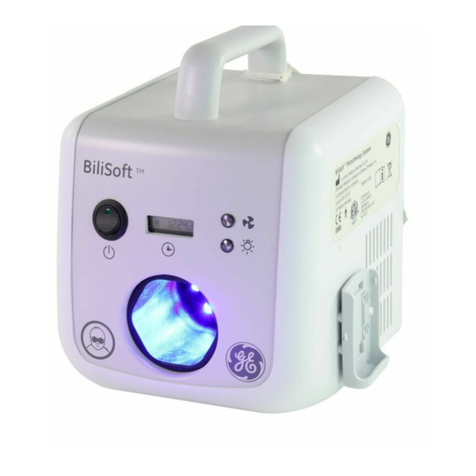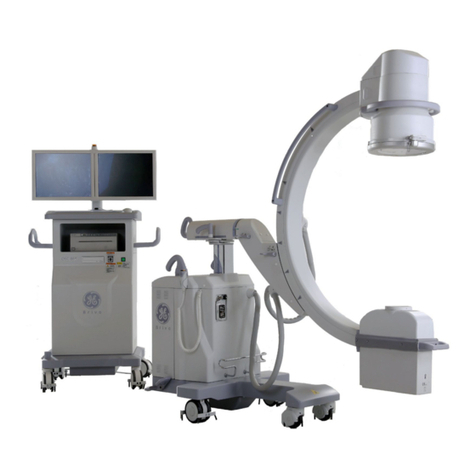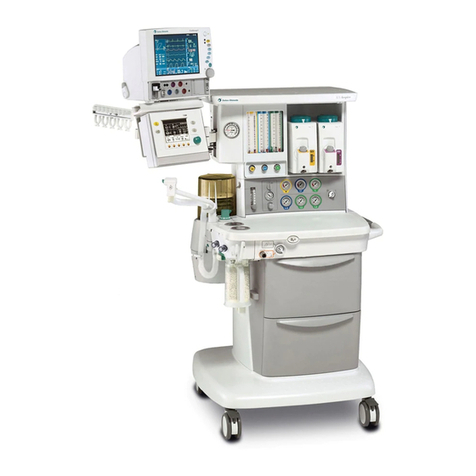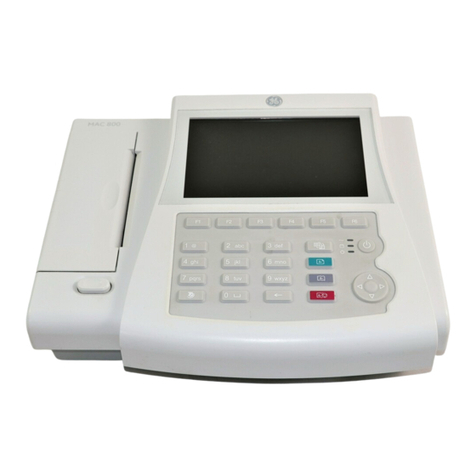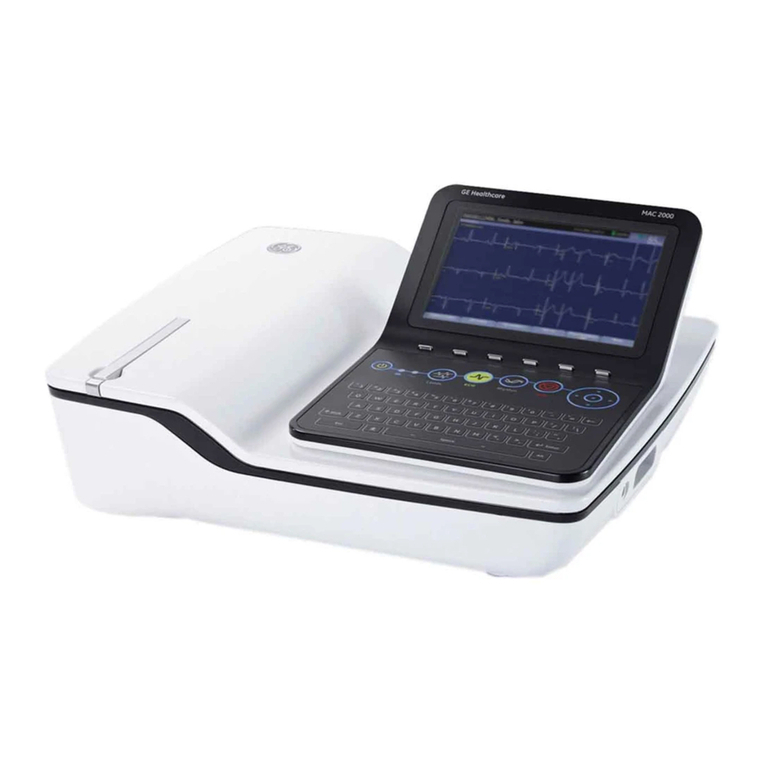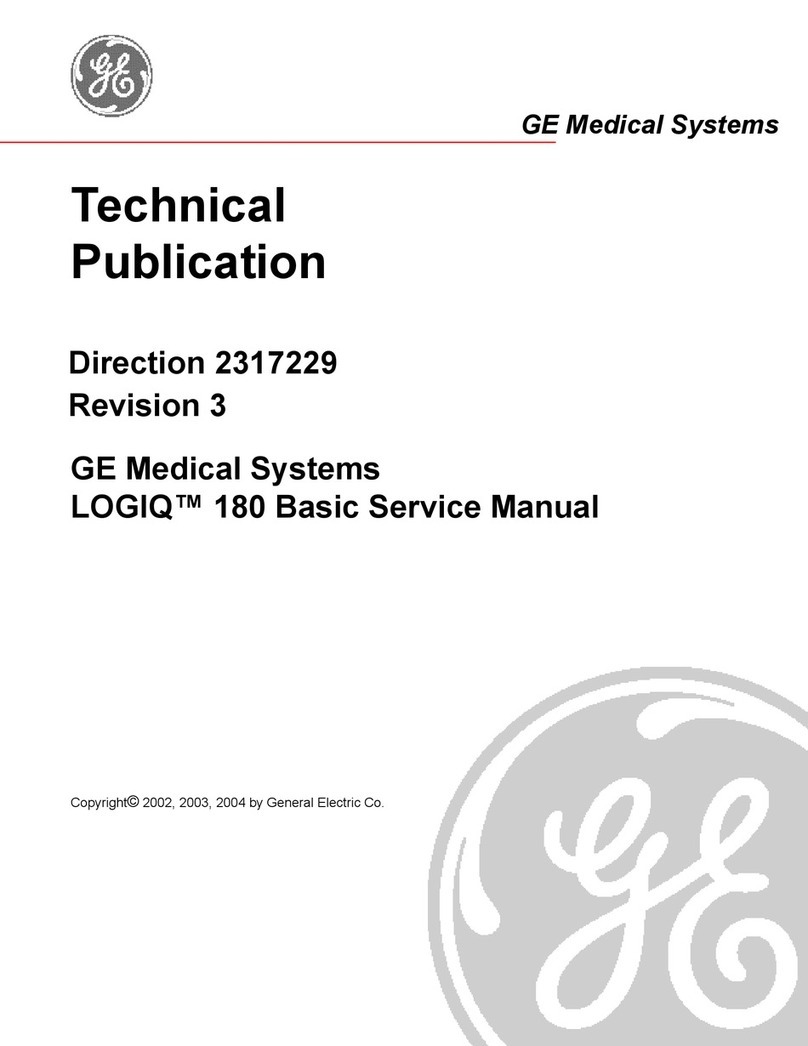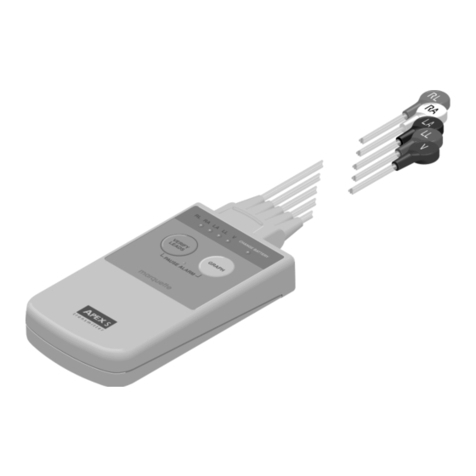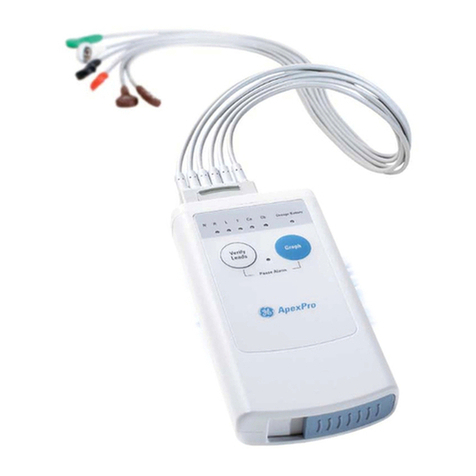
Section 1: Introduction
2023486-201 Rev C © 2007 General Electric Company Page 5 of 53
CAUTION: Temperature/Humidity/Pressure Extremes
Exposing the AED Pro to extreme environmental conditions outside of its operating parameters may compromise
the ability of the AED Pro to function properly. The RescueReady®daily self-test verifies the impact of extreme
environmental conditions on the AED Pro; if the daily self-test determines environmental conditions outside of the
AED Pros operating parameters, a "SERVICE REQUIRED" alert will be issued to prompt the user to move the
AED Pro to environmental conditions within the acceptable operating parameters at once. See Section 6 –
Technical Data, Parameters, Operation and Standby Conditions.
CAUTION: Lithium Sulfur Dioxide Battery
Pressurized contents: Never recharge, short circuit, puncture, deform, or expose to temperatures above 65°C
(149°F). Remove the battery when discharged.
CAUTION: Battery Disposal (Model 2023681-001)
Recycle or dispose of the lithium battery in accordance with all federal, state and local laws. To avoid fire and
explosion hazard, do not burn or incinerate the battery.
CAUTION: Use only Approved Equipment
Using batteries, pads, cables, or optional equipment other than those approved by GE may cause the AED Pro to
function improperly during a rescue.
CAUTION: Damaged or Expired Pads
Using pads that are damaged or expired may result in improper AED Pro performance.
CAUTION: Possible Radio Frequency (RF) Susceptibility
RF susceptibility from cellular phones, CB radios and FM 2-way radio may cause incorrect rhythm recognition and
subsequent shock advisory. When attempting a rescue using the AED Pro, do not operate wireless
radiotelephones within 2 meters of the AED Pro – turn power OFF to the radiotelephone and other like equipment
near the incident.
CAUTION: Possible Interference with Implanted Pacemaker
Therapy should not be delayed for patients with implanted pacemakers and a defibrillation attempt should be made
if the patient is unconscious and not breathing. The AED Pro has pacemaker detection and rejection, however,
with some pacemakers the AED Pro may not advise a defibrillation shock.1
Placing Pads:
• Do not place the pads directly over an implanted device.
• Place the pad at least one inch from any implanted device.
CAUTION: Moving the Patient During a Rescue
During a rescue attempt, excessive jostling or moving of the patient may cause the AED Pro to improperly analyze
the patient’s cardiac rhythm. Stop all motion or vibration before attempting a rescue.
CAUTION: Systems Statement
Equipment connected to the analog and digital interfaces must be certified to the respective IEC Standards (i.e.
IEC 60950-1 for data processing equipment and IEC 60601-1 for medical equipment). Furthermore, all
configurations shall comply with the system standard IEC 60601-1-1. Anybody who connects additional equipment
to the signal input part or signal output part configures a medical system, and is therefore, responsible that the
system complies with the requirements of the system standard IEC 60601-1-1.
CAUTION: Case Cleaning Solutions
When disinfecting the case, use a non-oxidizing disinfectant, such as ammonium salts or a glutaraldehyde based
cleaning solution, to avoid damage to the metal connectors.
CAUTION: Environment of use
Responder AED Pro is designed for indoor use. Operator must confirm that the environment of use meets the
required operating environmental specifications before using.
1Cummins, R., ed., Advanced Cardiac Life Support; AHA (1994): Ch. 4.
